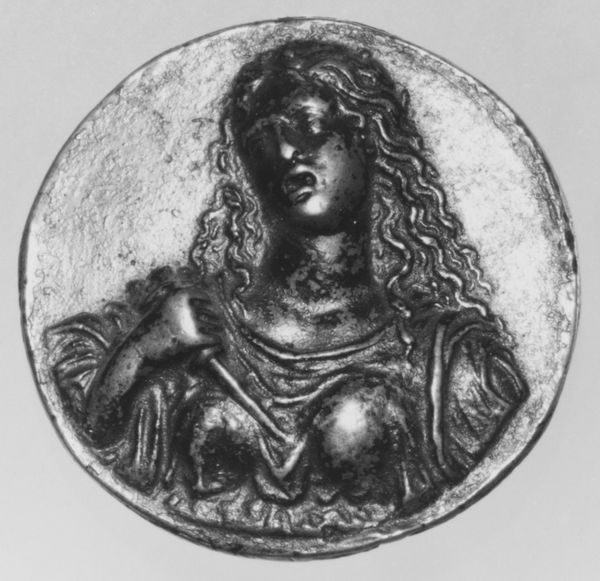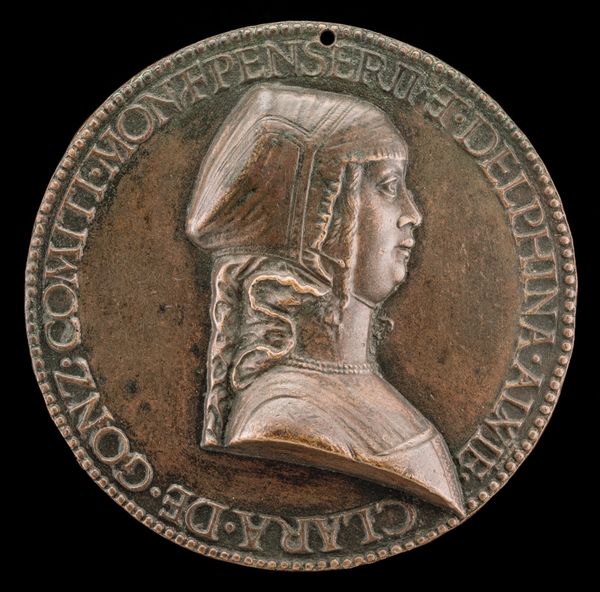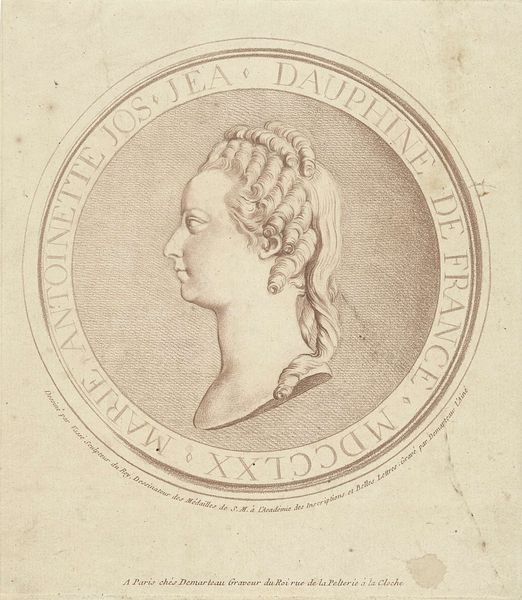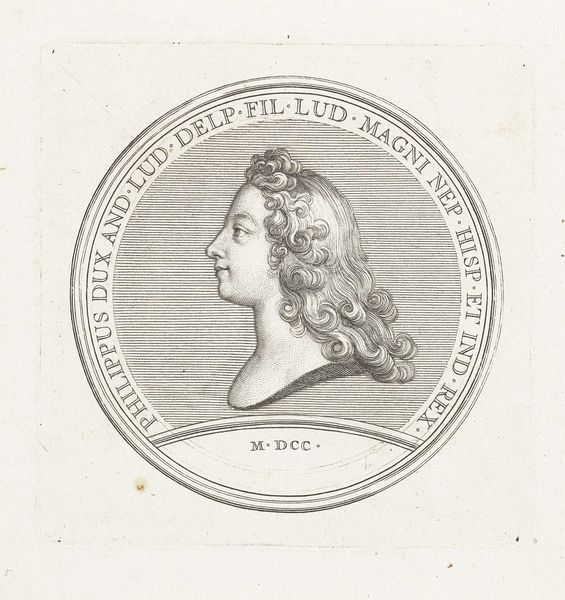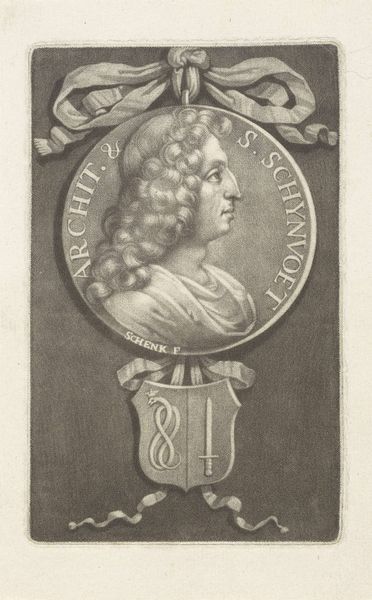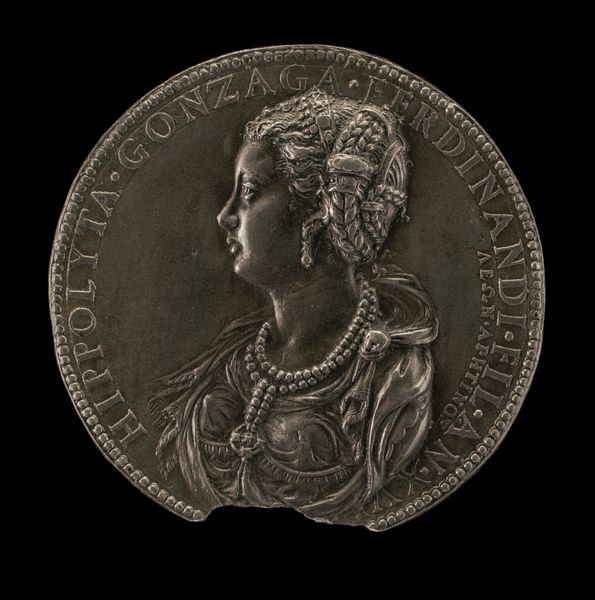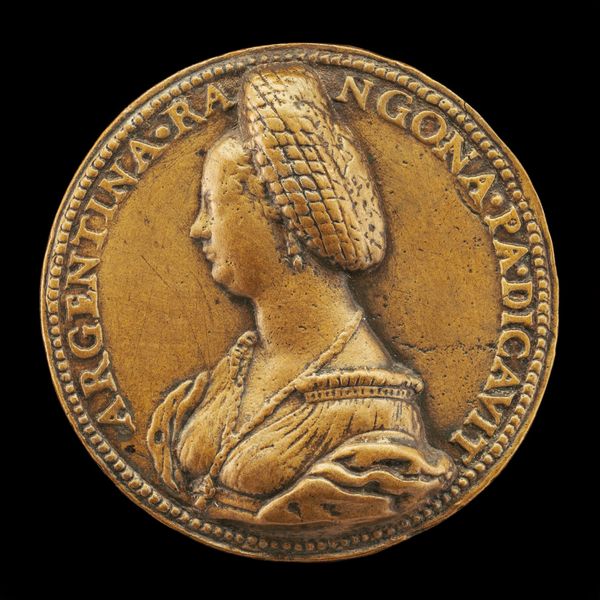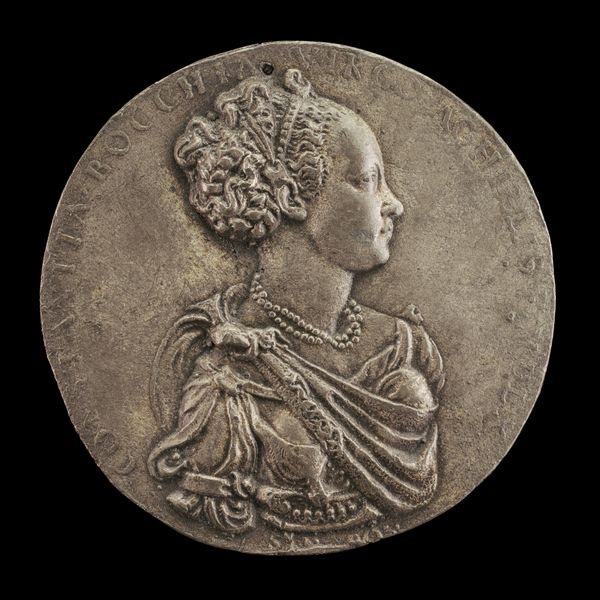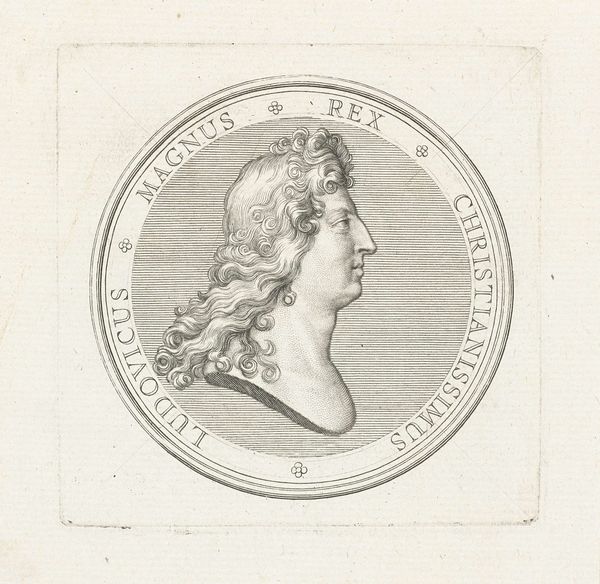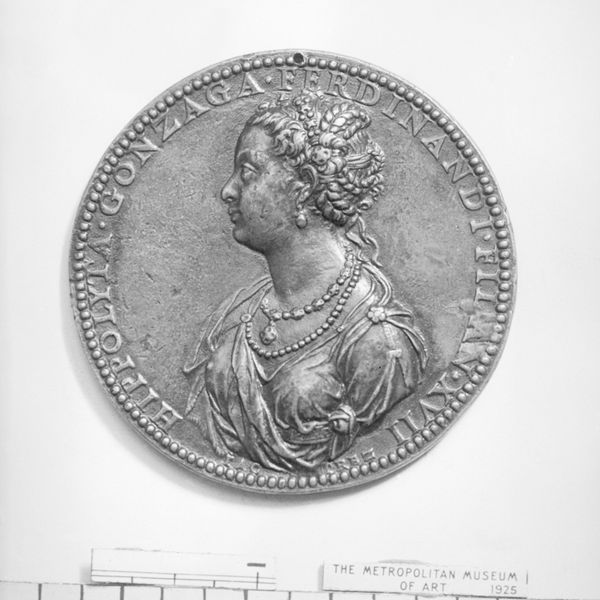
drawing, print, ink, engraving
#
portrait
#
drawing
# print
#
figuration
#
11_renaissance
#
ink
#
12_15th-century
#
history-painting
#
italian-renaissance
#
engraving
Copyright: Städel Museum, Frankfurt am Main
Curator: This print, titled "The Virgin Mourning," is attributed to Andrea Mantegna and dates roughly between 1470 and 1490, originating during the Renaissance. It's an engraving rendered in ink. What's your initial impression? Editor: Immediately, I’m struck by the overt theatricality. The Virgin’s raised hands and upturned gaze express a universal sorrow, but they are presented within a rather stylized composition that tempers any truly visceral connection. Curator: That's an astute observation. The controlled, almost geometric precision with which Mantegna rendered this work invites us to consider the societal constraints and religious dictates that governed representations of female suffering during that period. How might these constructs dictate artistic expression, especially around motherhood and bereavement? Editor: Precisely. We see a visual language steeped in cultural expectation, rather than unfiltered emotion. It raises crucial questions about agency. Where is the woman in this work amidst the theological role? Is she given a genuine opportunity to convey suffering or is she trapped in a pre-approved emotional framework, crafted to influence faith within society? Curator: Mantegna was a master of perspective and a great influence in disseminating printmaking. We can’t separate the content from how the print would have been distributed in society, and consumed. The artwork would likely have served multiple functions, perhaps acting as an accessible vehicle for religious devotion within the broader populace, but how are its accessibility and purpose changed when considering gender or socio-economic statuses in the period? Editor: Looking at Mantegna’s body of work we can see the prevalent influence from humanism within Renaissance society—yet in pieces such as this, where the weight of the theological subject overrides aspects of artistic freedoms, we must question who Renaissance humanism aimed to serve. We might consider the engraving not just as a beautiful artistic statement, but as a case study in the power dynamics of representation during this period. Curator: So the emotional and technical prowess coexist. This exploration really reframes how we view these kinds of works from this period. Editor: Absolutely. It invites us to interrogate what we are *not* seeing, and whose narrative is amplified and for what exact reason.
Comments
No comments
Be the first to comment and join the conversation on the ultimate creative platform.

